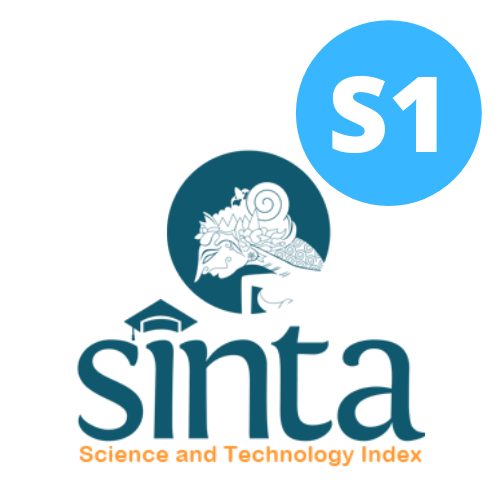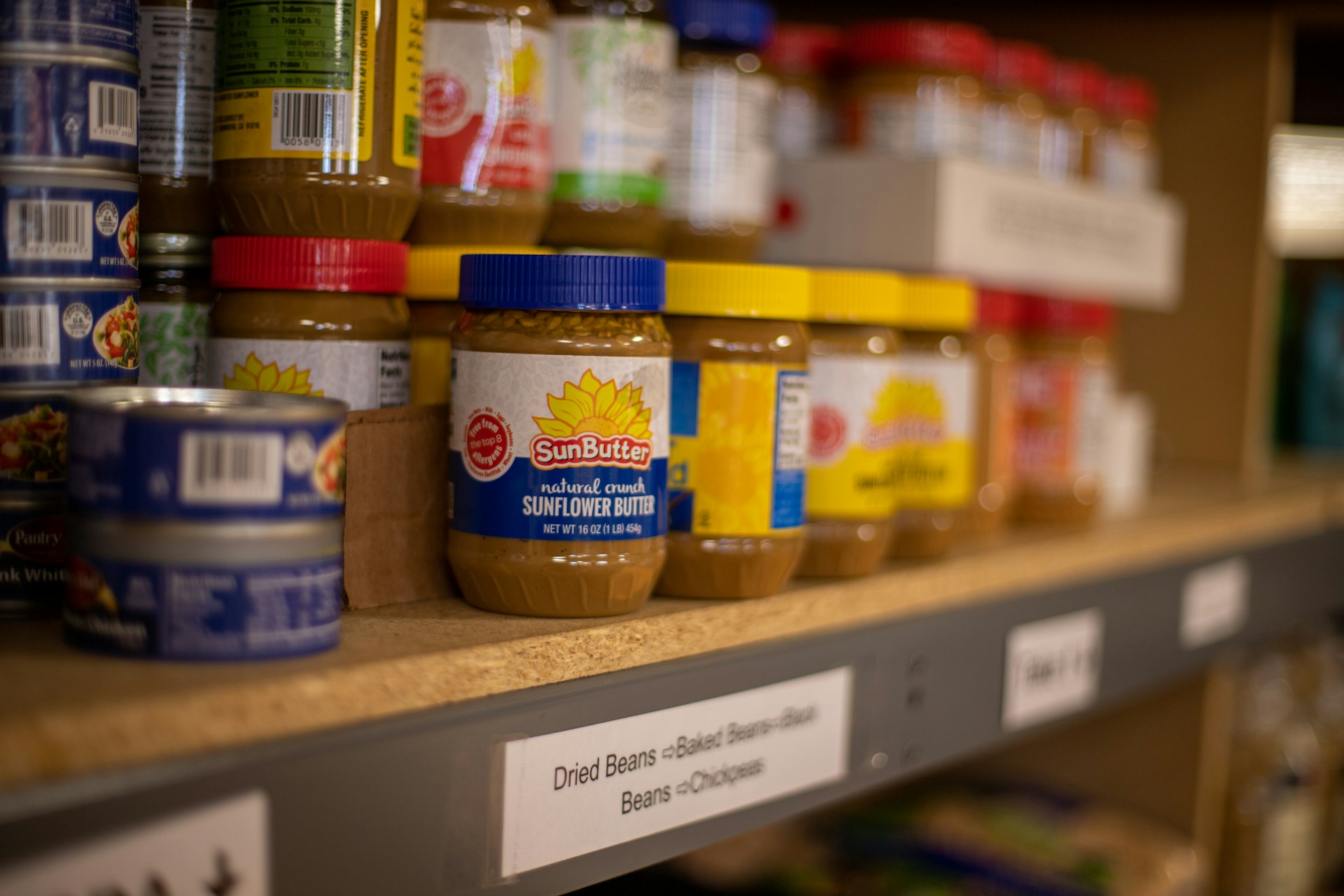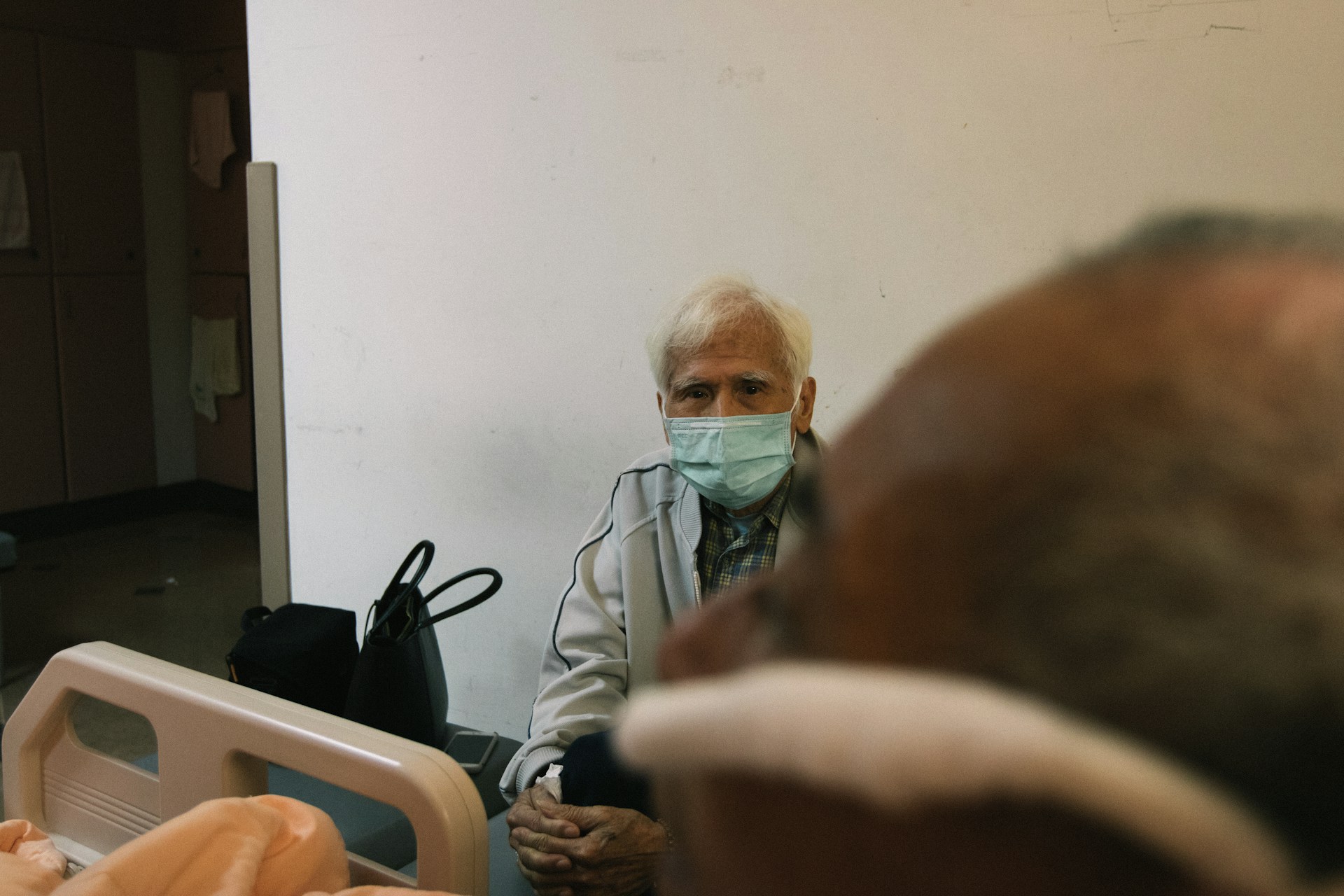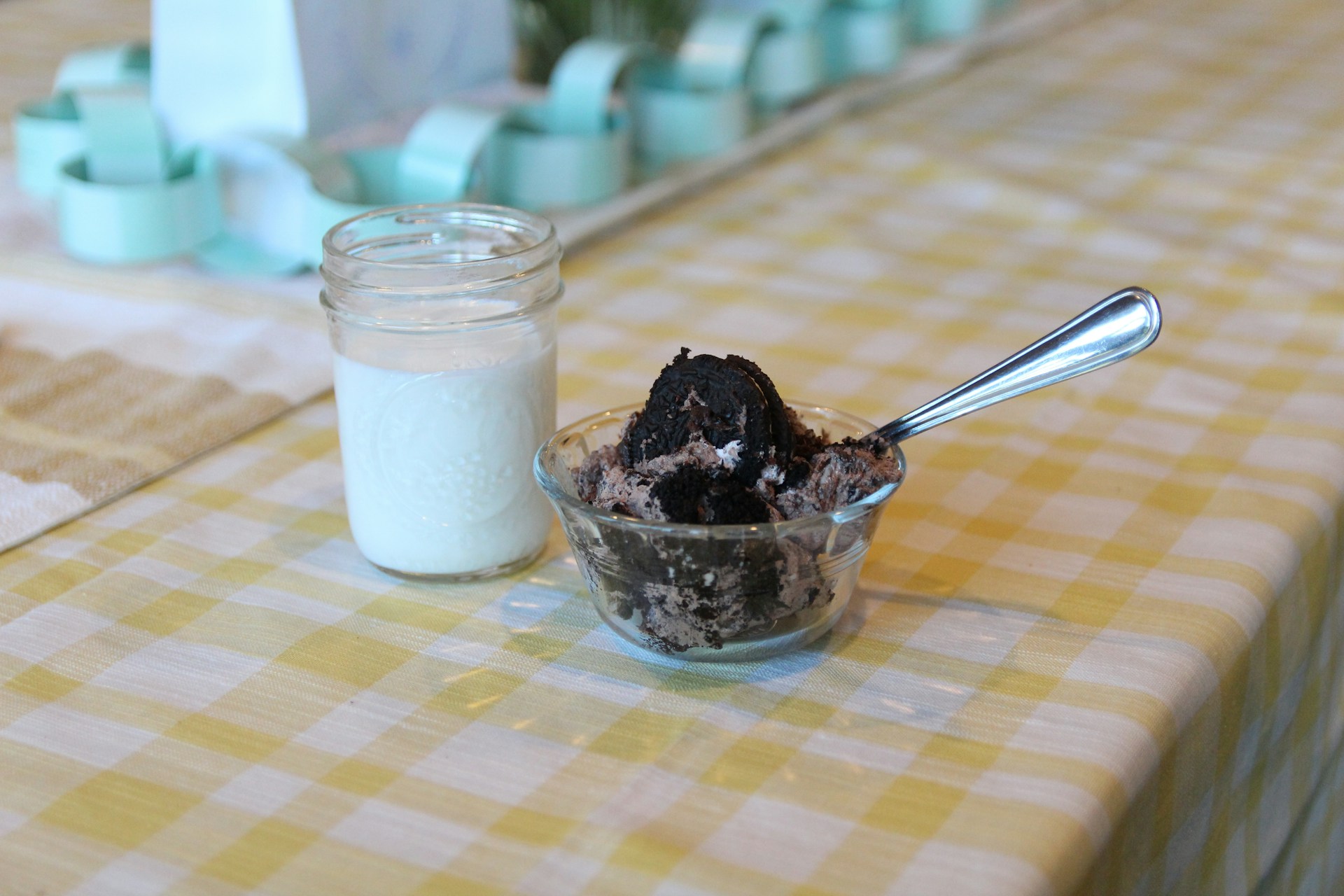The Relationship Between Health Literacy and Breastfeeding Patterns in Postpartum Mothers
Hubungan Health Literacy dengan Pola Menyusui pada Ibu Nifas

Downloads
Background: Breast milk is the best food for babies because it contains complete nutrients, hygienic, and safe. Breastfeeding cannot be separated from the pattern of breastfeeding applied. One of the factors that determine the application of breastfeeding patterns to the mother according to the needs of the baby is Health Literacy (HL).
Objectives: This study aimed to determine the relationship between health literacy and breastfeeding patterns in postpartum mothers at Lavalette Hospital, Malang.
Methods: The type of research used was a cross sectional study. The research population was all postpartum mothers. The sampling technique used was quota sampling, with 30 respondents. Data was collected using the Short-Form Health Literacy Questionnaire (HLS-SF-12Q) and breastfeeding pattern questionnaires. The data was then analyzed using the Spearman-Rank test (α <0.05).
Results: The study found that most respondents had HL (56.7%) and breastfeeding patterns (56.7%) in the good category. Based on the statistical test obtained p value = 0.012, there was a significant relationship between HL and breastfeeding patterns in postpartum mothers. The correlation coefficient value was obtained at 0.455, indicating that the strength of the relationship was moderate.
Conclusions: By having a good HL, mothers can apply the right breastfeeding patterns, selecting the duration, frequency, and good position, so that it has a positive impact during the breastfeeding process. It also reduces the chance of exclusive breastfeeding failure. Health workers are advised to be more massive in providing education related to breastfeeding patterns and their application, as well as increasing HL wisely and positively.
Hadisiwi, P. & Suminar, J. R. Literasi Kesehatan Masyarakat Dalam Menopang Pembangunan Kesehatan di Indonesia. in Prosiding Seminar Nasional Komunikasi 344–351 (2016).
Yustiawan, T. & Nandini, N. Literasi Informasi Kesehatan Nifas Ibu Hamil Berstatus Sosial Menengah Ke Bawah. Jurnal Administrasi Kesehatan Indonesia 6, 122 (2018).
World Health Organization. Exclusive Breastfeeding for Optimal Growth, Development And Health Of Infants. (2017).
Kilfoyle, K. A., Vitko, M., O'Conor, R. & Bailey, S. C. Health Literacy and Women's Reproductive Health: A Systematic Review. Journal of Women's Health vol. 25 1237–1255 Preprint at https://doi.org/10.1089/jwh.2016.5810 (2016).
Salamah, U. et al. Faktor-Faktor Yang Mempengaruhi Ibu Dalam Kegagalan Pemberian ASI Eksklusif. Jurnal Kebidanan 5, 199–204 (2019).
Mulyani, S. Maternal Health Literacy Towards the Readiness of Exlusive Breastfeeding. in Internasional Seminar on Global Health (2017).
Havva Toksoy, K., Cesur, B. & Professor, A. The Relationship between Health Literacy and Breastfeeding Attitude in Primiparous Women. International Journal of Caring Sciences vol. 13 www.internationaljournalofcaringsciences.org (2020).
Mirjalili, N., Ansari Jaberi, A., Ansari Jaberi, K. & Negahban Bonabi, T. The role of maternal health literacy in breastfeeding pattern. Journal of Nursing and Midwifery Sciences 5, 53 (2018).
Kohan, S., Ghasemi, S. & Dodangeh, M. Associations between maternal health literacy and prenatal care and pregnancy outcome. Iranian Journal of Nursing and Midwifery Research Autumn vol. 12 www.mui.ac.ir (2007).
Graus, T. M. et al. Breastfeeding behavior is not associated with health literacy: evidence from the German KUNO-Kids birth cohort study. Arch Gynecol Obstet 304, 1161–1168 (2021).
Hosseini, F., Rasekhi, A. & Lamyian, M. Factors Associated with Exclusive Breastfeeding among Primiparous Women. Journal of Nursing Education 8, (2019).
Duong, T. v. et al. Development and Validation of a New Short-Form Health Literacy Instrument (HLS-SF12) for the General Public in Six Asian Countries. HLRP: Health Literacy Research and Practice 3, (2019).
Kickbusch, I., Pelikan, J. M., Apfel, F., Tsouros, A. D. & World Health Organization. Regional Office for Europe. Health literacy: the solid facts. (WHO Regional Office for Europe, 2013).
Nutbeam, D., McGill, B. & Premkumar, P. Improving health literacy in community populations: A review of progress. Health Promot Int 33, 901–911 (2018).
Khorasani, E. C., Peyman, N. & Esmaily, H. Relations between breastfeeding self-efficacy and maternal health literacy among pregnant women. Evidence Based Care Journal 6, 18–25 (2017).
Oribe, M. et al. Prevalencia y factores asociados con la duración de la lactancia materna exclusiva durante los 6 primeros meses en la cohorte INMA de Guipúzcoa. Gac Sanit 29, 4–9 (2015).
Van Dellen, S. A., Wisse, B., Mobach, M. P. & Dijkstra, A. The effect of a breastfeeding support programme on breastfeeding duration and exclusivity: a quasi-experiment. BMC Public Health 19, 1–12 (2019).
Zibellini, J., Muscat, D. M., Kizirian, N. & Gordon, A. Effect of health literacy interventions on pregnancy outcomes: A systematic review. Women and Birth 34, 180–186 (2021).
Barnes, L. A. J., Barclay, L., McCaffery, K. & Aslani, P. Complementary medicine products: Information sources, perceived benefits and maternal health literacy. Women and Birth vol. 32 493–520 Preprint at https://doi.org/10.1016/j.wombi.2018.11.015 (2019).
Indonesian Pediatric Society (Ikatan Dokter Anak Indonesia). ASI Sebagai Pencegah Malnutrisi pada Bayi. (2013).
Cohen, S. S. et al. Factors Associated with Breastfeeding Initiation and Continuation: A Meta-Analysis. J Pediatr 203, 190–196 (2018).
Copyright (c) 2023 Amerta Nutrition

This work is licensed under a Creative Commons Attribution-ShareAlike 4.0 International License.
AMERTA NUTR by Unair is licensed under a Creative Commons Attribution-ShareAlike 4.0 International License.
1. The journal allows the author to hold the copyright of the article without restrictions.
2. The journal allows the author(s) to retain publishing rights without restrictions
3. The legal formal aspect of journal publication accessibility refers to Creative Commons Attribution Share-Alike (CC BY-SA).
4. The Creative Commons Attribution Share-Alike (CC BY-SA) license allows re-distribution and re-use of a licensed work on the conditions that the creator is appropriately credited and that any derivative work is made available under "the same, similar or a compatible license”. Other than the conditions mentioned above, the editorial board is not responsible for copyright violation.












































